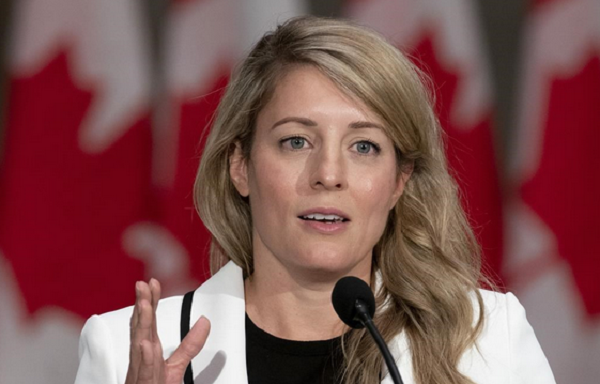A sharp increase in the number of Canadians missing mortgage payments with consumer and business insolvencies
The mortgage delinquency numbers, said Equifax vice-president Rebecca Oakes, are a direct result of the Bank of Canada’s 10 interest rate hikes since 2022. As people renew their mortgages, their monthly payments have risen dramatically.
“We haven’t really got a great historical period to compare it to. But … this is what we’d expect to see. There are going to be those payment shocks, and not all consumers can cope with that,” said Oakes. A delinquency, in the Equifax report, means a payment is at least 90 days late.
Across the country in the fourth quarter, the average monthly payment on renewed mortgages rose by $457 per month. In Ontario and B.C., the average increase was more than $680 per month.
Since March 2022, the Bank of Canada has raised its key overnight lending rate 10 times as it attempts to bring inflation down to its target of two per cent. The theory is that by making it more expensive to borrow money, consumers — and businesses — will spend less, driving prices down and slowing the economy. Wednesday, the Bank is expected to announce that it’s leaving the overnight rate at five per cent. The Bank has come under public pressure to start cutting rates.
While the absolute numbers are small — just 0.12 per cent of mortgages in Ontario were delinquent in the fourth quarter — the trend is alarming, said Oakes.
“That’s about 50 per cent higher than it was pre-pandemic, and more than double what it was in the fourth quarter of 2022,” said Oakes. “I think a lot of people assumed we were just going to be getting back to the same levels we had before the pandemic. This is a real tipping point.”
With consumer insolvencies rising 22.4 per cent in January from a year earlier, it’s clear that households are struggling to cope, said licensed insolvency trustee Andre Bolduc, senior vice-president at BDO Canada.
“We’re definitely seeing it in the numbers,” said Bolduc, adding that in his own insolvency practice, he’s seeing some consumers despair as any savings they have are eaten up by higher mortgage payments.
“That’s hundreds of dollars more. Month after month after month, it chips away at any savings people have,” said Bolduc. “And about half of households are living paycheque to paycheque. They don’t have savings.”
Typically, said Oakes, mortgages are the last thing people stop spending on if they’re in financial distress.
“People want to protect their home. If they’re missing their mortgage payments, what else are they missing?” said Oakes, who fears that there’s more financial pain to come.
Roughly one in six Canadian mortgages are set to renew this year, with an even higher number next year, said Oakes. Even if the Bank of Canada starts cutting interest rates soon, most people will almost certainly be renewing their mortgages at much higher rates than they have now.
And it’s not hitting everyone equally, Oakes added.
“Across the country as a whole, it doesn’t look that bad. But when you start looking at Ontario and B.C., or younger consumers who have much higher mortgage amounts and not as many savings as a buffer, you start to then get that combination which means the financial stress is growing quite quickly for those households,” Oakes said.
Businesses, too, have also been taking it on the chin, especially with the end of pandemic financial aid programs, said Pedro Antunes, chief economist at the Conference Board of Canada.
“This is another piece of evidence of just how frail the economy is,” said Antunes.
This article was first reported by The Star











